Maserati's Levante GTS paints a target on the Porsche Cayenne
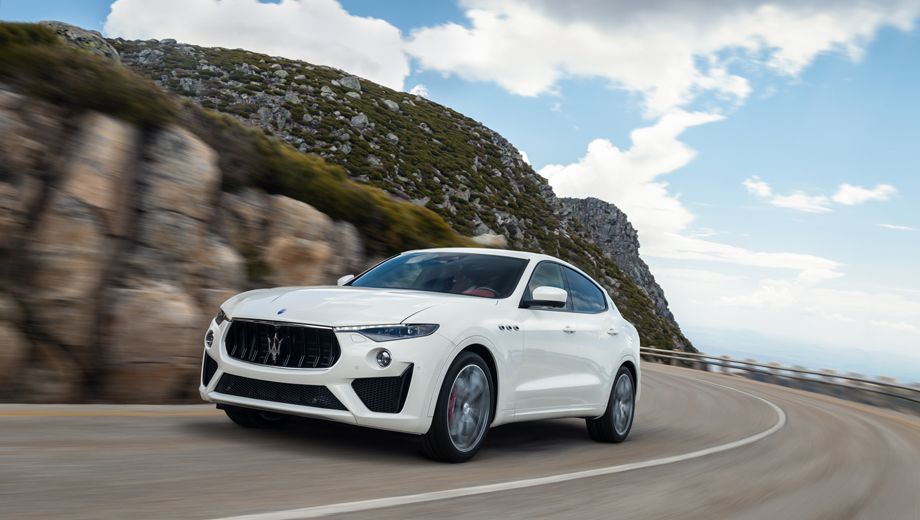
Maserati's midsize Levante GTS is the Italian automaker’s latest and best effort to take on Porsche for a bigger piece of the luxury SUV pie.
To help win more buyers in the segment, Maserati this year has put its powerful twin-turbo V-8 engine into two new versions of the Levante SUV it launched two years ago: the super-sport 590hp Levante Trofeo and the elegantly powerful Levante GTS, which is the one we're test driving.
Porsche set the precedent in 2002 when it introduced the Cayenne to generate enough profits to save the then-flailing company.
The Cayenne was the first luxury SUV produced by a heritage luxury sports car brand, and Porsche experienced great success: last year it sold more than 13,000 of them in the U.S. alone. The introduction of the Cayenne also paved the way for the smaller Macan, which made its debut in 2014 and is Porsche’s best-selling vehicle.
Maserati is following the same path, introducing the two high-performance versions of its Levante before unveiling a smaller SUV by 2020. With the help of the second SUV, Maserati expects to generate €1 billion (US$1.14 billion) in earnings on the annual sale of 70,000 to 80,000 vehicles worldwide. Globally last year, the brand sold just over 50,000 vehicles.
Planning and execution, however, are two different things. Maserati must get its current products right if it has any hope of a prosperous second act.
Its recent reliability track record isn’t strong, and winning market share from established competitors in the U.S. such as Audi and Porsche will prove challenging.
Maserati’s SUVs overlap with those of a dozen other luxury brands and lack the dealership networks and longstanding fan foundation of Porsche and other rivals in the U.S. including BMW, Mercedes-Benz, and Lexus.
Italian flair
I drove the 2019 Maserati Levante GTS for a week throughout the New York tristate area. With a front grille like a jack-o-lantern smile, poor 6.377164km/l combined fuel efficiency, limited exterior color options, and an untested long-term reliability record, the US$120,000 Italian rig isn’t perfect.
But it does come well-appointed for its price, with a wonderfully powerful and thrillingly vocal V8 engine engineered and built by Ferrari and multiple (slightly) superior performance ratings to Porsche’s US$124,600 Cayenne turbo.
If German engineering makes your eyes glaze over, Maserati’s Levante GTS could be right for you.
What I liked most about it was the personality, if such a term can be applied to a midsize SUV. (The segment is rife with bland appliances on four wheels.)
A massive polished metal trident centered on its nose sets the tone, followed by wide slats in the grille across its entire front and those signature “shark gill” air vents along the sides.
Although the GTS sits so low that it’s difficult to see it tucked away on a street in a line of parked cars, optional 22-inch dark gray matte alloy wheels, LED matrix headlights, and a tiny spoiler lip above the rear window add interesting flourishes that draw the eye.
Italian speed
The car’s personality extends to how it drives. From a standstill, then shifting through its eight gears at highway speeds, the GTS feels hungry for the road: the engine is the same 550-horsepower twin-turbo V8 that had been reserved for the flagship Quattroporte GTS sedan. The SUV gets to 100km/h in four seconds with a top speed of 292km/h.
The Cayenne slides through its paddle gears smoother and handles nimbler across winding terrain, and it has more torque under the lower gears, although the sharp, aggressive Levante has a fraction more horsepower and a slightly higher top speed than the Cayenne turbo. (Yet it’s a hair slower to 100km/h than the 3.9-second Porsche, and you may notice that the difference.)
The GTS’s intelligent all-wheel-drive system and Brembo brakes have real bite, and along with the four drive modes (the “sport” in the Levante GTS is new this fall), they’re capable and programmed to enhance the connection you feel with the road, easily on par with what Audi and BMW have to offer.
The GTS is not better than these, handling-wise, but it’s not worse, either – and if you’re bored with German brands it’s a worthy option.
Inside, appointments include optional heated and cooled leather seats, metal sport pedals, the currently trendy open-pore wood trims (they look matte rather than polished), Zegna silk upholstery, and Alcantara lining throughout the cabin.
Technology including 17-speaker Bowers & Wilkins premium audio as well as traffic-sign recognition and other crash-avoidance systems works intuitively but not intrusively. Appointments are even worth paying extra for – the upgrade-laden Levante GTS I drove still cost less than US$132,000 all in. And they serve to make the car feel more personalized - a tenet that every auto executive I’ve spoken to in the past decade has said is critical to the luxury buyer.
Is the Levante GTS better than the Cayenne turbo? No, but it’s not far-off, either, and it’ll be a rewarding vehicle if you can get over not owning a Porsche - and you’re the type that cares about that kind of thing. To get in early on a distinctive, capable model line that could become great, start here.
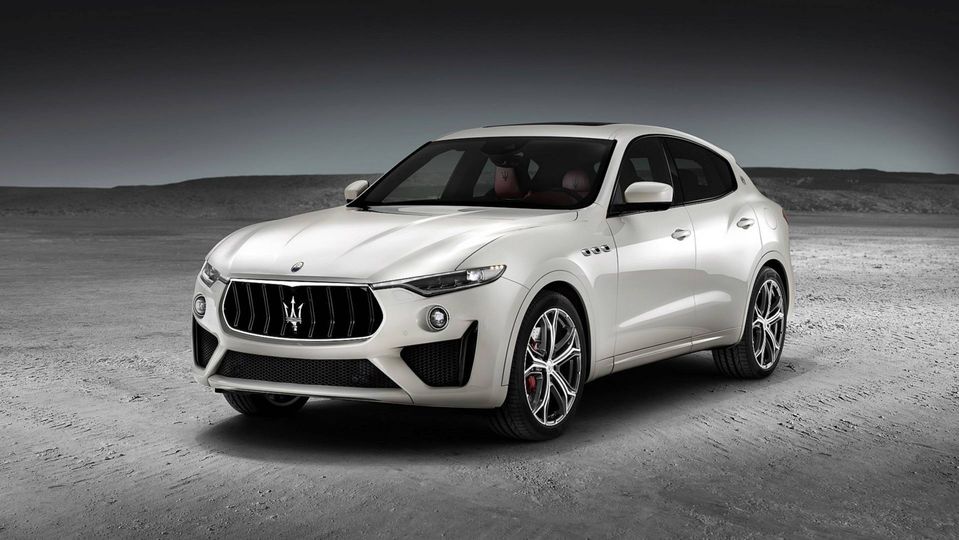
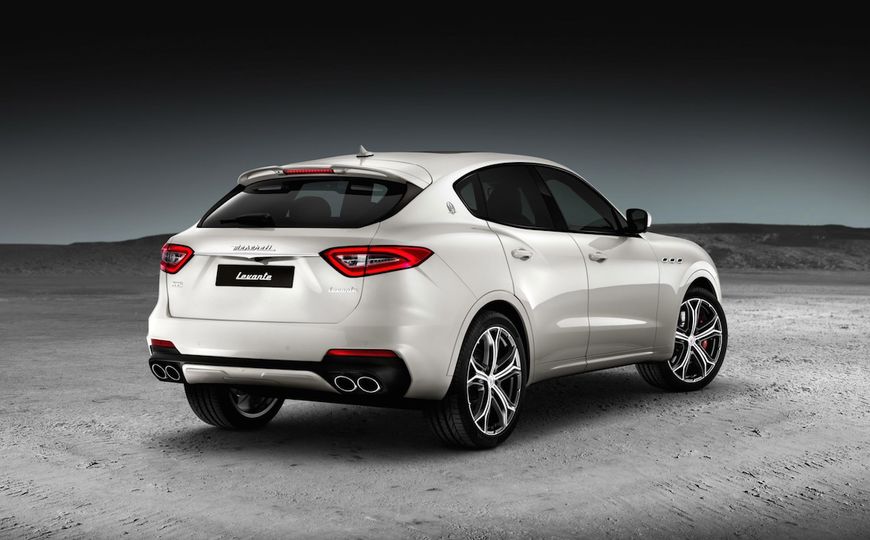
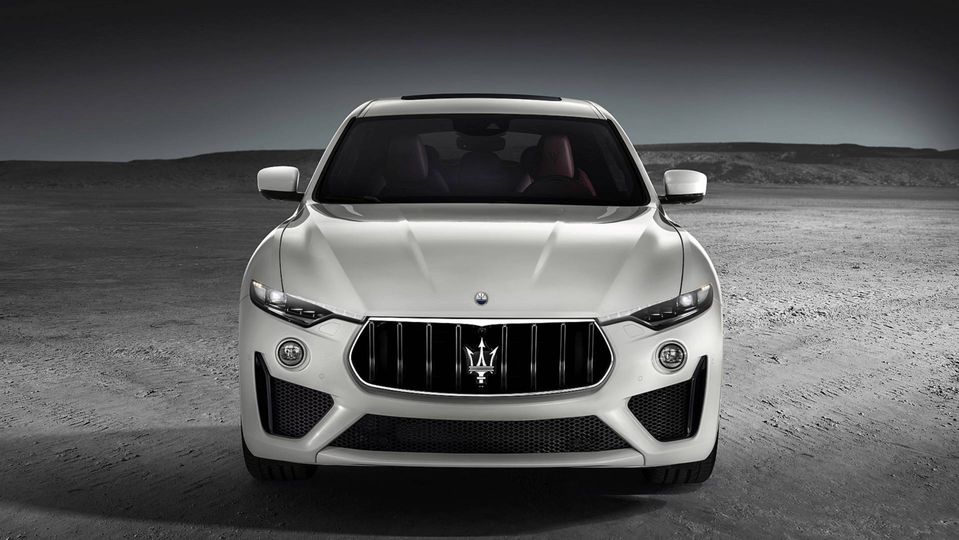
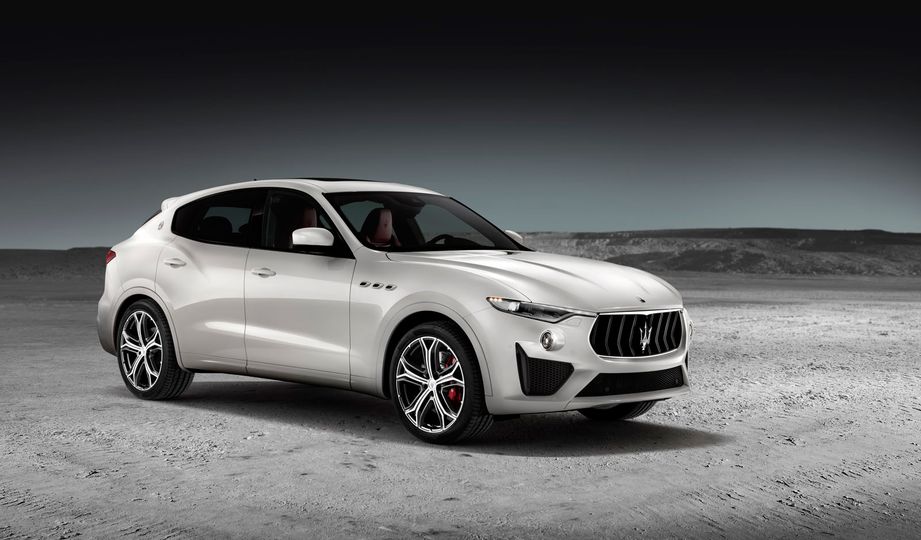
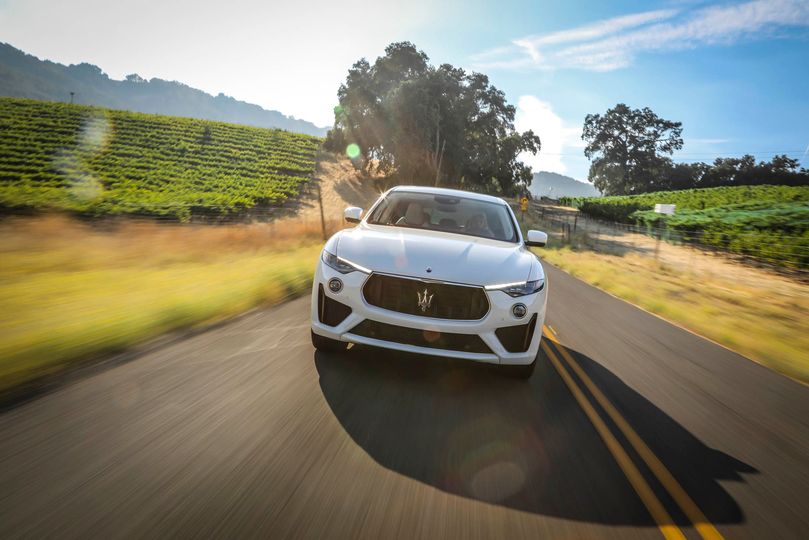
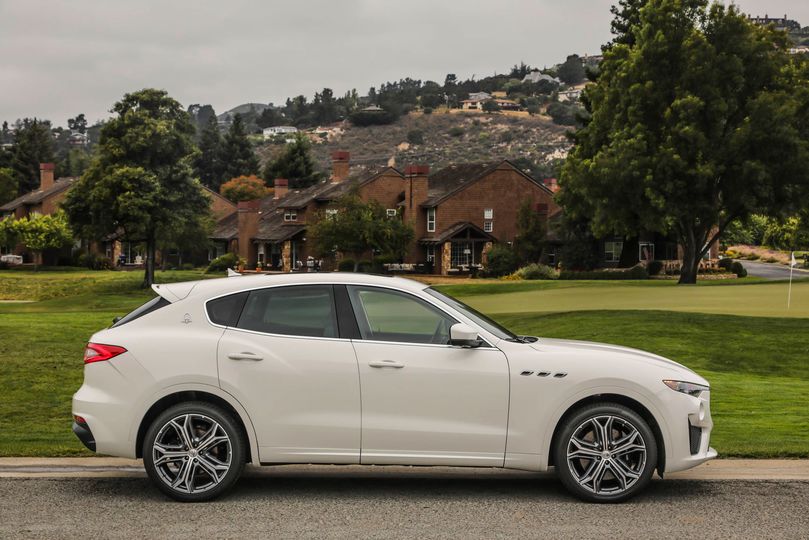
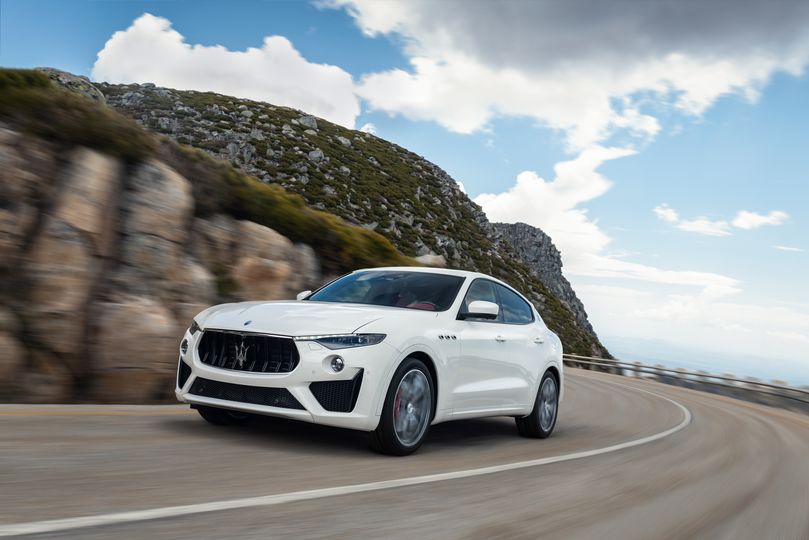
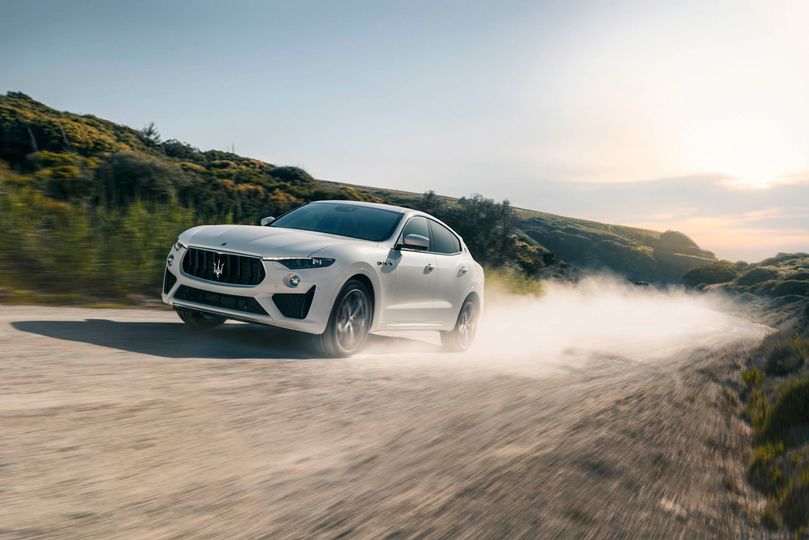
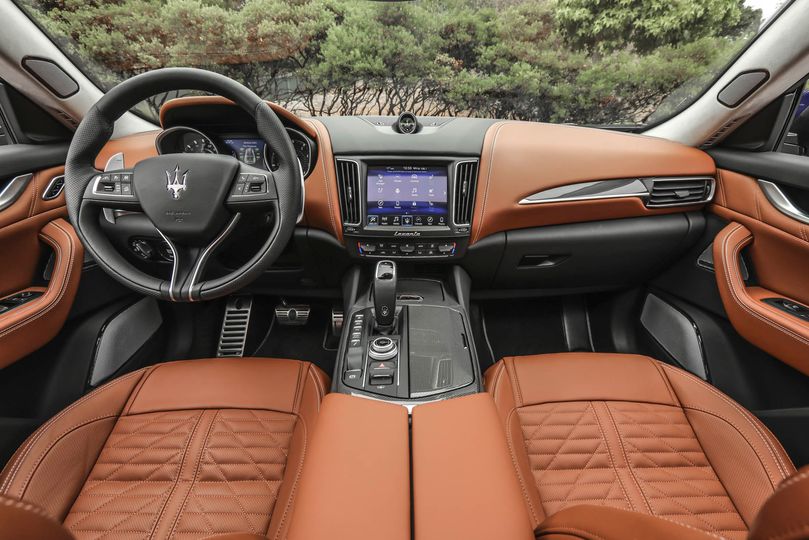
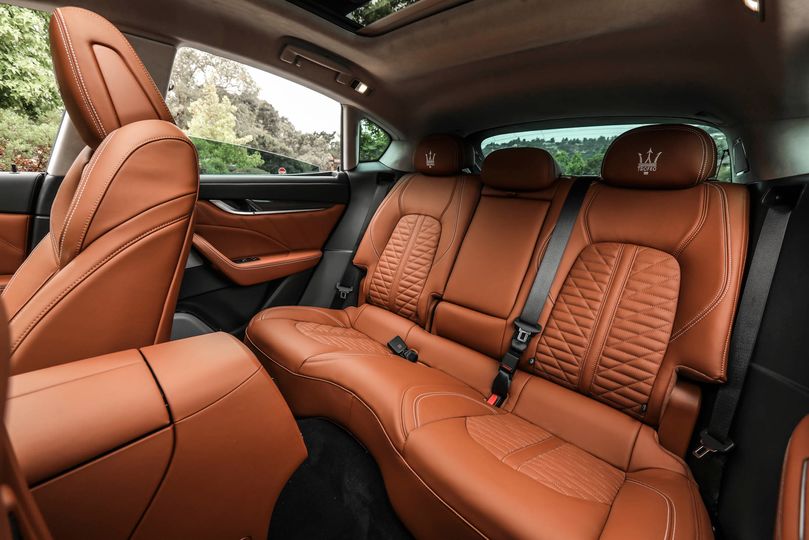

Hi Guest, join in the discussion on Maserati's Levante GTS paints a target on the Porsche Cayenne